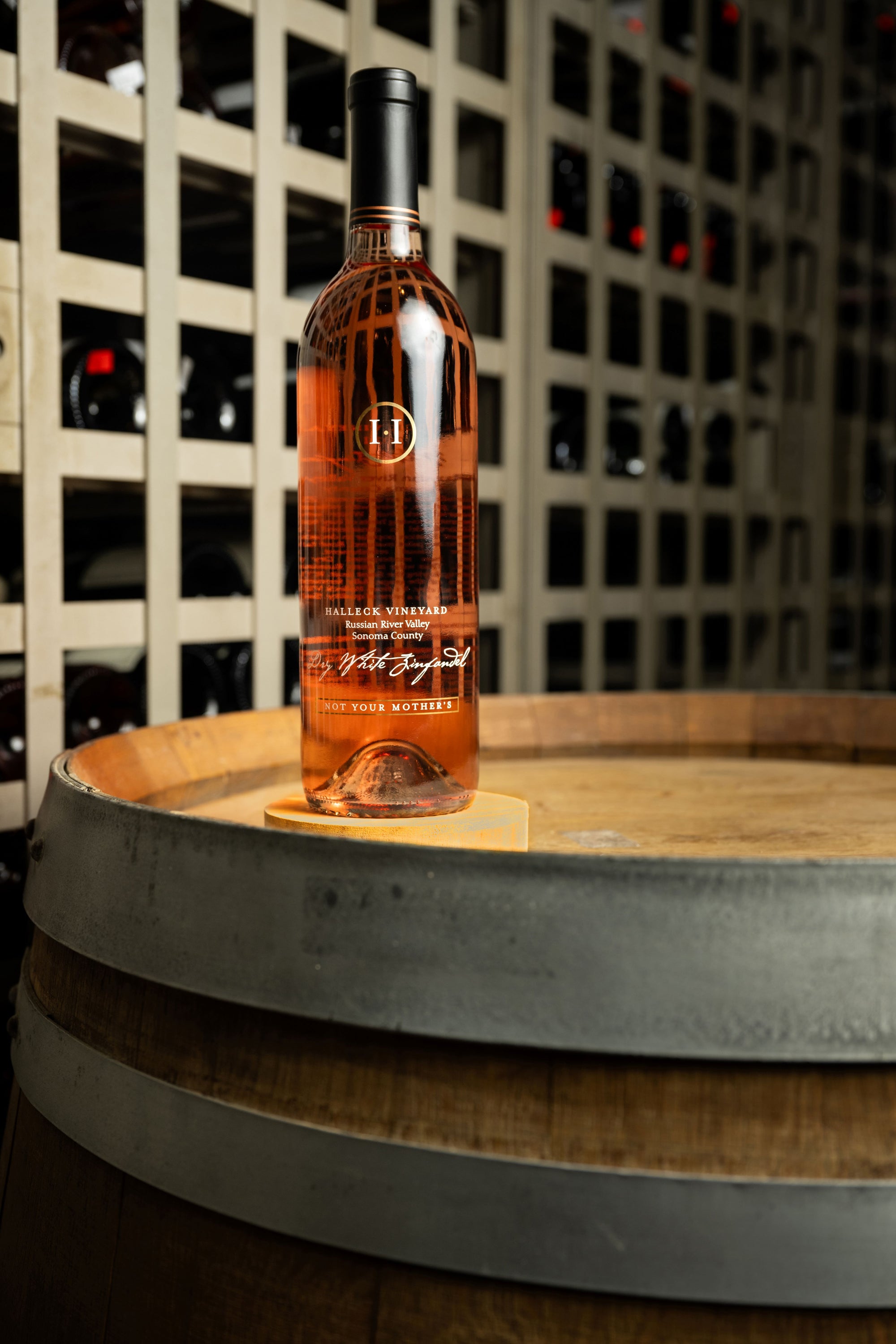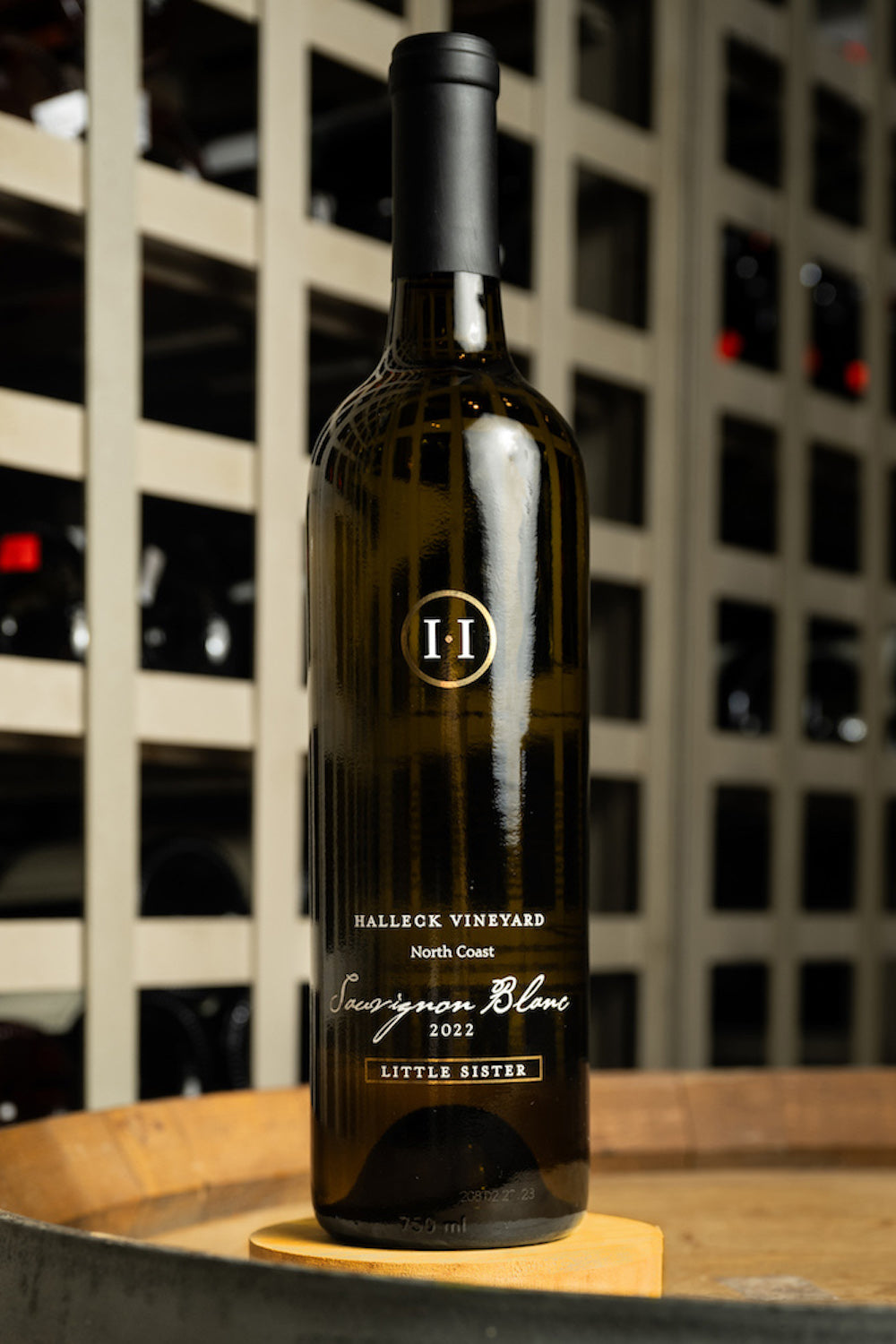Wineries Known For Sustainable Practices In Sonoma - Enjoying Wine In Sebastopol
Wineries Known For Sustainable Practices In Sonoma - Enjoying Wine In Sebastopol
Blog Article
Wineries With Outdoor Seating - Sonoma Area Winery For Tasting
Wine tasting is an art that requires practice and an understanding of assorted features involved within the course of. One crucial element of wine tasting is the development and interpretation of tasting notes, which function a guide for each novices and seasoned connoisseurs. A Guide To Understanding Winery Wine Tasting Notes can enhance your wine-tasting experience, making it extra significant and pleasant.
Tasting notes are concise descriptions that capture the essence of a wine’s flavors, aromas, and general character. Usually composed by professional tasters, winery tasting notes offer insights into the nuances of varied wines. They might help wine enthusiasts perceive what to expect from a particular bottle. Nonetheless, tasting notes can range widely in style and element primarily based on the author's experience and palate.
Wineries Known For Their Hospitality - Wine Tours And Tastings In Sebastopol
When you first method a glass of wine, your senses will start to interact immediately. The sight, scent, and taste of the wine will converge to provide you an entire experience. Tasting notes typically begin with the visual evaluation, where the color of the wine is taken under consideration. Shade plays a major function in indicating the wine’s age, grape variety, and even its flavor profile.
After assessing the visual aspect, the following step entails swirling the wine within the glass. This motion aerates the wine, allowing its aromas to awaken. Smelling the wine supplies crucial perception into its complexity. The initial sniff can ship a flood of scents that will embody fruity, floral, natural, or earthy notes. This is usually the most subjective a part of tasting, as individual experiences can dramatically differ.
In winery tasting notes, descriptors are sometimes categorized into main, secondary, and tertiary aromas. Primary aromas usually stem from the grape variety, secondary aromas derive from fermentation processes, and tertiary aromas come up from growing older. Understanding these classes can help you appreciate the depth of a wine, and they also give you the vocabulary to precise your experience higher.
Off The Beaten Path Wineries In Sonoma - Sebastopol Wine Country Vineyards Adventure
Following the olfactory encounter, your focus will shift to the taste of the wine. This is where the first characteristics—sweetness, acidity, tannins, alcohol—come into play. Tasting notes often element these flavors in multiple dimensions, including the preliminary assault on your palate to the lingering finish in your tongue. A high-quality wine will current a harmonious stability between these factors.
Whereas tasting, it is essential to contemplate the body of the wine, which may be described as light, medium, or full. The body contributes considerably to your overall impression, helping you consider how the wine pairs with food or whether it stands alone as a sipping wine. Balancing the physique with the other traits will present you with a fuller understanding of what the wine has to supply.
The end of the wine, also referred to as the aftertaste, is another important aspect usually included in tasting notes. A long, nice end often signifies a higher quality wine, while a short or cloying aftertaste might recommend otherwise. Evaluating the end can offer additional perception into the wine's complexity and distinction.
Understanding the context of winery tasting notes can be priceless. Tasting notes can provide contextual details about the vineyard's location, local weather, and grape-growing practices. This context adds one other layer of appreciation for the wine, allowing enthusiasts to attach the sensory experience with its origins, thus enhancing the enjoyment further.
Wineries That Offer Barrel Tastings - The Charm Of Sonoma Wineries
Many wineries provide tasting notes on their web sites or labels, usually written in an approachable but informative style. Nonetheless, not all winery tasting notes are created equal. Some could also be overly technical, whereas others may prioritize advertising flair over insightful evaluation. Learning to navigate these notes can arm you with the data to make informed choices when deciding on wines.
Taking Part in tastings at wineries also can deepen your understanding of wine tasting notes. Interacting with knowledgeable staff may give you a more hands-on method to exploring completely different wines and the language used to describe them. Wineries Featuring Vineyard Tours. You Will have the opportunity to ask questions, have interaction in discussions, and probably refine your palate in real time.
Experimentation is important for mastering wine tasting notes. As you pattern completely different wines, strive making your personal notes. Focus on describing the wine’s color, aroma, style, and end. Over time, you’ll develop a private vocabulary that resonates together with your sensory experiences. Each note you create will help refine your palate, allowing you to appreciate wines at a deeper level.
Wine Tasting Events In Sonoma County - Wine Tours And Tastings In Sebastopol
In conclusion, a Guide To Understanding Winery Wine Tasting Notes offers a comprehensive framework for diving into the world of wines. It equips you with the methods and language essential to articulate your experiences. Whether Or Not you're a casual drinker or a dedicated aficionado, understanding and utilizing tasting notes can profoundly influence your wine journey. This information not solely enhances your enjoyment but also connects you deeply with the wealthy narratives each bottle tells. By embracing this journey, you become part of the beautiful mosaic of wine culture, where each sip unveils a new story ready to be discovered.
- Wine tasting notes sometimes embody a selection of sensory descriptions, together with aroma, flavor, acidity, physique, and end, allowing tasters to fully appreciate the wine's characteristics.
- To improve your understanding, familiarize yourself with frequent wine terminology similar to "tannins," "oakiness," or "terroir," which might help decipher the notes more effectively.
- A systematic strategy to tasting involves first visually assessing the wine's shade and clarity, adopted by swirling to launch aromas, then inhaling and describing what you experience.
- Taking notes during tasting may help establish patterns over time, bettering your palate and making it simpler to recall preferences for future choices.
- Don't overlook the influence of food pairings; tasting notes can differ tremendously when a wine is loved with complementary flavors, altering perception and enjoyment.
- Pay attention to the wine’s vintage, as weather conditions in a given yr can significantly affect the final product, adding one other layer to the tasting notes.
- Think About the winemaker's style and philosophy, which can shape the wine's profile and impact how its notes evolve with every sip.
- Training with different grape varieties can broaden your vocabulary; every sort brings unique traits that may enhance your ability to articulate tasting notes successfully.
- Participating with wine professionals or attending tasting events can present valuable insights, providing a richer context for understanding personal tasting notes.
- Keep In Mind that tasting is subjective; individual preferences and experiences will form one’s interpretation of the same wine, enriching the overall enjoyment of wine exploration.
What are wine tasting notes?
Wine tasting notes are descriptive comments made by tasters read concerning the look, aroma, taste, and finish of a wine. They present an overview of the wine's traits and might help customers understand the style and quality of the wine.
Wineries With Educational Tours In Sonoma - Top Sonoma Wine Tasting Destinations
Why are tasting notes necessary when selecting wine?
Tasting notes can guide you in choosing a wine that suits your palate. They present insights into flavors and aromas, helping you to match wines with food or occasions. Understanding these notes enhances your total wine experience.
How ought to I learn wine tasting notes?
(Artisan Wineries In Russian River Valley)
Wineries With Live Music Events Occasionally - Sonoma Area Winery For Tasting

When reading wine tasting notes, take note of the structure: search for descriptions of color, aroma, flavor, and end. This will help you grasp the wine's profile and determine if it aligns together with your preferences.
What terms generally seem in wine tasting notes?
Common terms include "tannin" (the structure), "acidity" (the crispness), "physique" (the weight), and numerous flavor descriptors like "fruity," "earthy," or "spicy." Familiarizing yourself with these phrases can deepen your understanding of wine.
Wineries Specializing In Sparkling Wines - Top Sonoma Wineries To Visit

Am I Able To create my very own tasting notes?
Yes! Writing your own tasting notes can improve your wine tasting experience. Focus in your observations of style, aroma, and different sensory characteristics. This personal practice might help you refine your palate over time.
How do I determine the aromas in wine tasting notes?
Wineries In Green Valley - Exploring Sonoma's Wine Landscape
To establish aromas, practice smelling quite a lot of scents and associating them with wines. Swirl the wine in your glass to launch its aromas, then take a second to breathe in deeply earlier than figuring out any prominent scents.

What is the difference between professional and personal right here wine tasting notes?
Professional tasting notes might use more technical language and particular terminology, whereas personal tasting notes are subjective and reflect particular person experiences. Both are valuable for understanding and having fun with wine, but personal notes may resonate more together with your distinctive tastes.
How can tasting notes improve my wine appreciation?
Local Favorite Wineries In Sonoma - Best Wineries For Wine Tasting Sonoma Area
Tasting notes can enhance your appreciation by serving to you to grasp and articulate the complexities of wine. They encourage mindful tasting and provide a framework for comparing completely different wines, leading to a richer enjoyment of the beverage.
Are there any apps or tools to help with wine tasting notes?
Sure, there are several apps designed to help users record and arrange their tasting notes. These instruments usually offer features like flavor wheel guides and wine database searches, making it easier to track your journey via completely different wines. Report this page